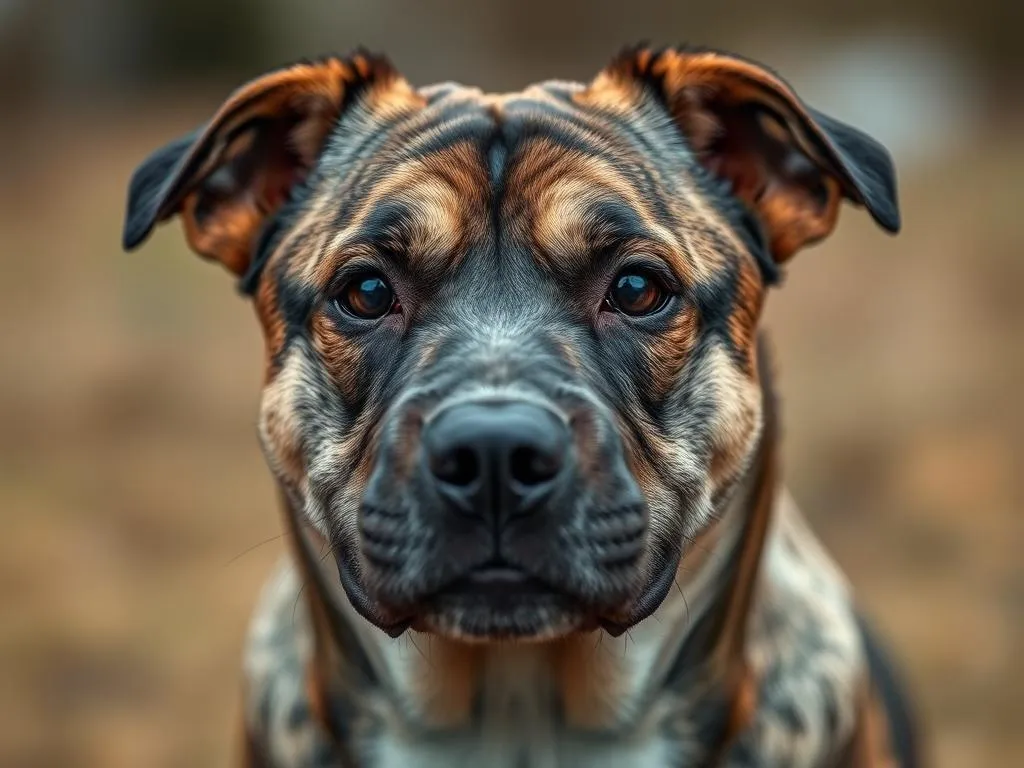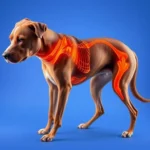
Introduction
Vaccinations play a crucial role in keeping our furry companions healthy and protected from various diseases. Among these, the rabies vaccination is particularly vital due to the serious nature of the disease and its transmission to humans. Rabies is a viral infection that affects the central nervous system and is fatal once clinical signs appear. Therefore, ensuring that your dog receives its rabies shot is not just a legal requirement in many areas; it’s also an essential aspect of responsible pet ownership.
While vaccinations are generally safe, it’s not uncommon for pets to experience reactions post-vaccination. These reactions can range from mild discomfort to more significant responses, one of which is the development of a lump after a rabies shot. Understanding this phenomenon is important for pet owners, as it can help them discern between normal reactions and those requiring medical attention.
Understanding Vaccination Reactions
What Are Vaccine Reactions?
Vaccine reactions refer to the body’s response to the introduction of a vaccine. These reactions can be immediate or delayed and can vary in severity. Common immediate reactions include mild fever or lethargy, while delayed reactions may manifest as localized swelling or, in some cases, more severe allergic responses.
The types of vaccine reactions can be categorized into:
- Immediate Reactions: Occur within minutes to hours after vaccination. Symptoms may include difficulty breathing, swelling of the face, or hives.
- Delayed Reactions: Occur days to weeks after vaccination. These may encompass mild fever, lethargy, or swelling at the injection site.
Importance of Monitoring Your Dog Post-Vaccination
It’s vital for dog owners to monitor their pets closely after receiving vaccinations. Observing your dog for a few days post-vaccination can help identify any adverse reactions early on. The recommended monitoring period is typically 24 to 48 hours after the shot, but in some cases, it may be beneficial to observe for up to a week.
Lumps After Rabies Shot: What to Know
What Causes Lumps After a Rabies Shot?
A lump after a rabies shot can occur due to the body’s immune response to the vaccine. When a vaccine is administered, the immune system recognizes it as a foreign substance, prompting a localized inflammatory response. This can lead to swelling at the injection site, resulting in a lump.
Possible causes of lumps include:
- Injection Site Reaction: This is the most common cause and can manifest as a small localized swelling or lump.
- Localized Swelling: This may occur due to the vaccine’s formulation or the injection technique used.
How Common Are Lumps After Rabies Shots?
Lumps following vaccinations, including rabies shots, are relatively common. Research indicates that between 10% to 20% of dogs may develop some form of localized swelling after receiving a vaccine. Compared to other vaccination reactions, lumps are among the more benign effects and often resolve on their own.
Identifying the Lump
Characteristics of a Normal Lump
When assessing a lump after a rabies shot, it’s essential to understand what is considered normal. Typically, a normal post-vaccination lump may have the following characteristics:
- Size: Usually small, often pea-sized or slightly larger.
- Firmness: The lump may feel firm or slightly soft to the touch.
- Duration: Normal lumps should begin to decrease in size within a few days and typically resolve within one to two weeks.
When to Be Concerned
While lumps are common and often benign, there are specific signs that may indicate a more serious issue. Pet owners should be vigilant for the following symptoms:
- Increased Size: If the lump continues to grow or expands beyond a quarter-sized diameter.
- Pain or Discomfort: If your dog appears to be in pain when the area is touched.
- Fever: A rise in body temperature or signs of systemic illness, such as lethargy or loss of appetite.
Differentiating Between Normal and Abnormal Reactions
To help differentiate between normal and abnormal reactions, consider the following guidelines:
- Monitor Size and Firmness: If the lump remains small and firm, it’s likely normal.
- Watch for Changes: If there are any notable changes in size or the dog’s behavior, it’s time to seek veterinary advice.
- Consultation: If uncertain, it’s always best to consult your veterinarian for peace of mind.
What to Do If You Notice a Lump
Initial Steps to Take
If you notice a lump after a rabies shot, start by observing it closely. Monitor for any changes in size, firmness, or associated symptoms such as pain or fever. Keep a record of your observations, including the date of vaccination and when the lump first appeared.
When to Consult a Veterinarian
Consult your veterinarian if you notice any of the following:
- The lump increases in size over a few days.
- Your dog is exhibiting signs of pain or discomfort.
- Any other systemic symptoms develop, such as fever or lethargy.
- The lump does not start to decrease in size after a week.
Possible Veterinary Examinations and Treatments
Your veterinarian may conduct several diagnostic procedures to determine the nature of the lump. Common examinations include:
- Palpation: The vet will carefully feel the lump to assess its characteristics.
- Ultrasound: This can provide a clearer picture of the lump’s internal structure.
- Fine Needle Aspiration: A small sample may be taken from the lump for further examination.
Treatment options may vary based on the diagnosis, ranging from simple monitoring to anti-inflammatory medications or, in rare cases, surgical intervention.
Preventative Measures and Best Practices
Choosing a Reputable Veterinary Clinic
Selecting a reputable veterinary clinic is crucial for ensuring quality care. Research local clinics, read reviews, and ask fellow pet owners for recommendations. A good vet will not only administer vaccines safely but also provide thorough pre- and post-vaccination care.
Tips for Post-Vaccination Care
After your dog receives a rabies shot, there are several best practices to follow:
- Limit Exercise: Keep your dog calm and limit strenuous activities for a couple of days post-vaccination.
- Monitor the Injection Site: Check the area regularly for any changes or developments.
- Provide Comfort: Ensure your dog has a quiet space to rest and recover.
Understanding Vaccine Schedules
Understanding your dog’s vaccination schedule is essential for proactive health management. Consult with your veterinarian to ensure your dog is up to date on all vaccinations and discuss any concerns about potential reactions.
Frequently Asked Questions (FAQs)
Can a lump appear after any vaccination?
Yes, lumps can occur after any vaccination, though the frequency and severity may vary depending on the vaccine and the individual dog’s response.
How long should I expect the lump to last?
Most lumps after a rabies shot are temporary and should resolve within one to two weeks. If the lump persists beyond this timeframe, consult your veterinarian.
Are there any long-term effects of lumps after vaccinations?
In most cases, lumps that develop post-vaccination are benign and do not lead to long-term effects. However, if the lump is indicative of a more serious reaction, it may require intervention.
What if my dog has an allergic reaction to the rabies shot?
If you suspect your dog is experiencing an allergic reaction, such as difficulty breathing or swelling, seek emergency veterinary care immediately.
Conclusion
Understanding the phenomenon of a lump after a rabies shot is essential for dog owners. While these lumps are often benign and part of the body’s natural immune response, being vigilant and informed can help ensure your pet’s health and well-being. Remember to monitor your dog closely after vaccinations, consult with your veterinarian regarding any concerns, and stay informed about vaccination schedules and best practices. Your proactive approach to your dog’s health is crucial in ensuring a happy, healthy life for your furry friend.









